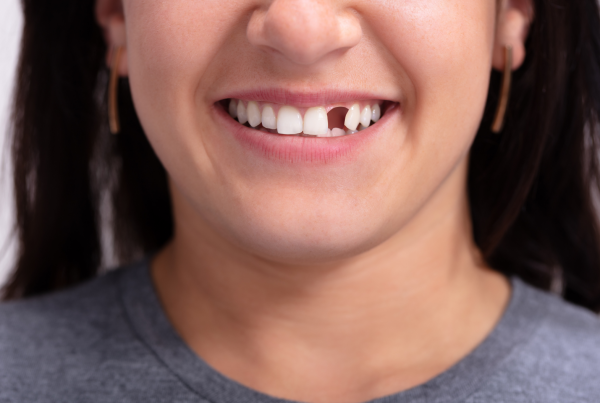Preventative dentistry is vital for everyone, at all ages. In those critical formative years of childhood, it’s especially important for children to get a good foundation of dental care. We strive to help every child grow up with strong, healthy and cavity-free teeth. Dental sealants can be a valuable part of any preventative dental plan.
What are Dental Sealants and Why Are They Necessary?
Made from a thin, flowable layer of a special plastic material, dental sealants are painted onto the chewing surfaces of adult back teeth (for children, soon after they appear), and these are the premolars and molars. Once hardened, dental sealants form a durable, smooth and easy to clean surface, protecting these vulnerable tooth surfaces from developing cavities.
Premolars and molars have lots of quite intricate and often fairly deep grooves and fissures which help to grind up food more efficiently. Unfortunately, these deep grooves are often quite tricky to clean with a toothbrush and can easily trap decay-causing bacteria and food debris. Consequently, these tooth surfaces frequently develop cavities and need fillings.
What Is the Process for Dental Sealants?
Initially one of our dentists, Dr. Sarah Harland or Dr. Tom Greene will need to examine your child’s teeth. Although dental sealants are an excellent treatment, they can only be used to protect teeth that don’t have any signs of decay and which don’t have any fillings.
Sometimes it is possible to apply sealants to teeth that only have tiny lesions, and sealing the tooth can help to prevent further tooth decay but this is rare. It is the reason why we usually suggest a child has them soon after their adult back teeth erupt and before tooth decay has a chance to develop. Once we’ve assessed their suitability for sealants, we can prepare the teeth for treatment.
Each tooth must be thoroughly cleaned and is dried before being lightly etched with a special liquid. Etching the tooth helps to slightly roughen the tooth surface, increasing the strength of the bond between the tooth and the dental sealant, so it lasts longer. Next, the etching solution is rinsed away, and the tooth is dried once again. Now the tooth is ready to be painted with the dental sealant, which soon hardens to form a thin nearly invisible skin over the chewing surface.
How Long Will Dental Sealants Last?
Dental sealants can last for as long as 10 years before they begin to wear away. At this stage, we can renew them so they can continue protecting your child’s teeth. The condition of their dental sealants is regularly checked during dental examinations.
You may also like: Is It Possible to Prevent Childhood Tooth Decay?
Which Teeth Are Dental Sealants Suited For?
Dental sealants are most often used to protect the chewing surfaces of adult back teeth, but sometimes they are also used to protect the chewing surfaces of a child’s baby teeth. This treatment may be suggested if a child is particularly vulnerable to tooth decay and where dental sealants could prevent their baby teeth from being lost too soon because of problems with cavities.
It is crucial to look after a child’s baby teeth because they help a child learn to speak clearly, so they begin building social skills, and it is extremely tricky to eat many foods if your teeth are failing or missing or are infected or painful!
Dental sealants are cost-effective, and the process is entirely painless for children, and they can help to prevent cavities and tooth infections, or even the heartache of tooth loss.
If you’d like to know more, please contact us to request an appointment.





